I took the Pixel 8 Pro on a two-week trip to Japan and I'm disappointed
I’m afraid the reports are true: it’s tough loving Google’s new Pixel 8 Pro
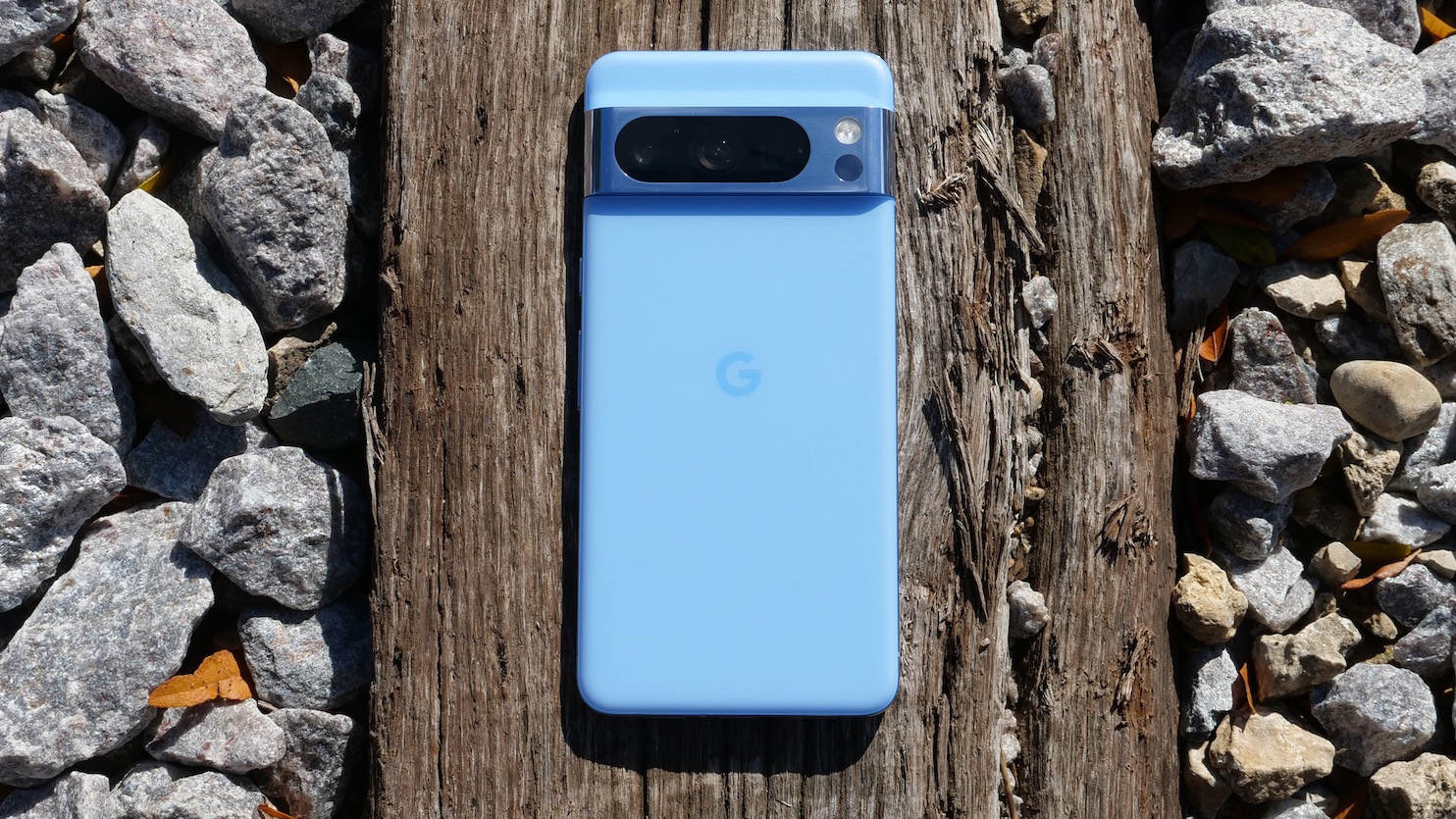
I visited Japan with the Pixel 8 Pro, and right away, I could tell why people are so into these phones.
Japan is the ideal playground for the Pixel 8 Pro’s cameras. Its dramatic HDR captured the deep amber autumn foliage without blowing up the sharp blue winter skies in the backdrop, the Action Mode froze in time the retro taxis whizzing through Tokyo’s frantic streets, and the new, larger wide lens produced crisp shots of ramen masters tossing noodles in cramped, dimly-lit izakayas. I took over 500 photos and videos and had a blast.
Yet, I’d still hesitate to recommend the Pixel 8 Pro to even the more adventurous buyers.
Why I wanted to ditch the Pixel 3
It’s a story of deja vu — one I’ve seen play out before. About half a decade back, I was in Japan for the first time with the Pixel 3 in tow. The experience then was eerily similar to that which I had a few weeks ago. The Pixel 3’s camera clicked some of the best pictures I’ve seen out of a phone, and yet, weeks later, that trip alone convinced me to leave Android for an iPhone.
The reasons were simple: Google’s overdependence on software wasn’t working out. Though the Pixel 3’s cameras were excellent and its software was bloatware-free, its hardware was far from reliable. On the trip, the Pixel 3’s battery life and performance left a lot to be desired in a flagship phone. It struggled to latch onto a network at times, and it buckled when the temperatures dropped to single-digit Celsius.
Fast forward to today and while Google has bulked up the latest Pixel’s specs, somehow not much has improved in its experience; Its top-of-the-line cameras are still let down by the rest of the phone.
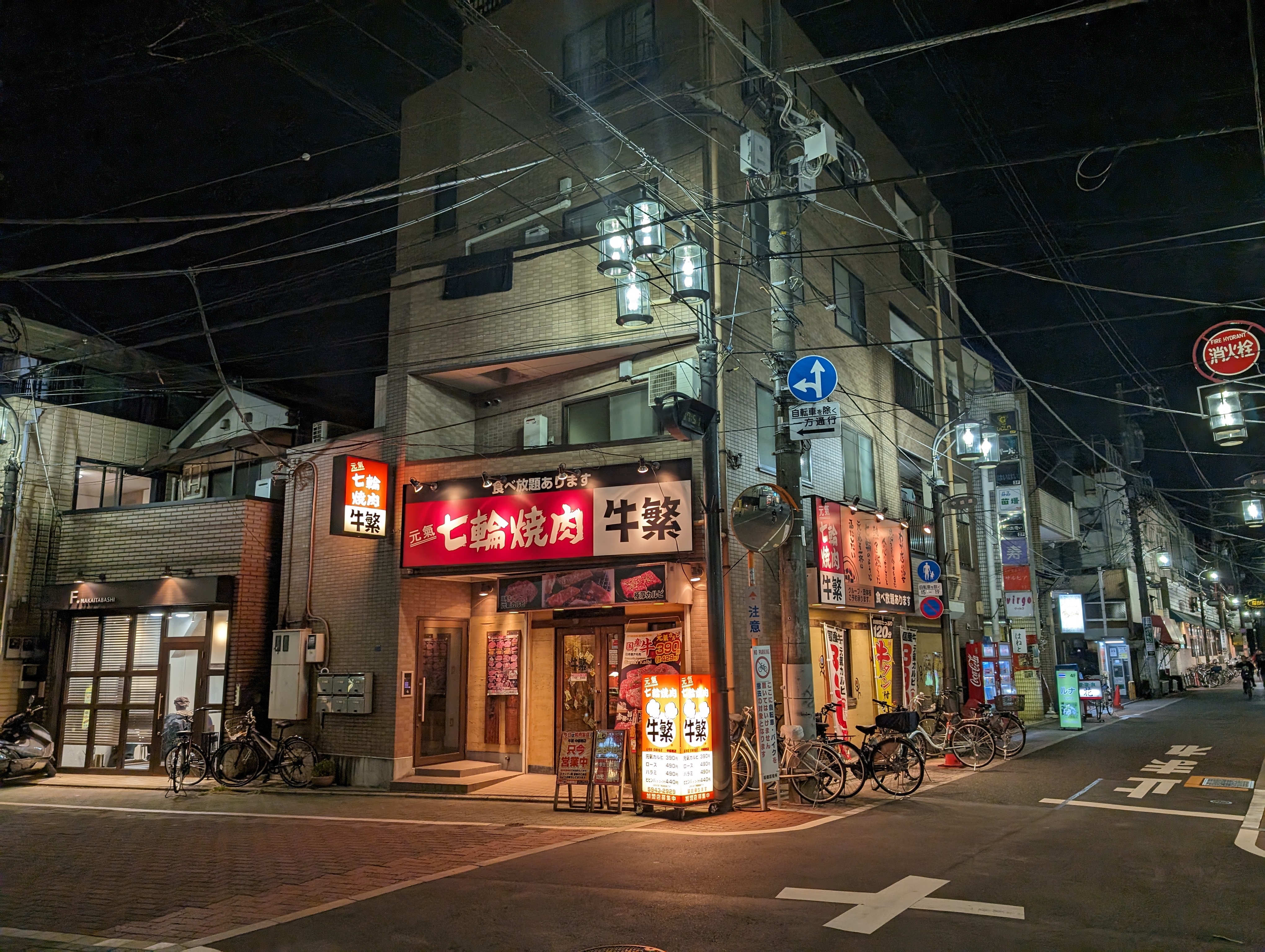
Why I want to ditch the Pixel 8 Pro
The Pixel 8 Pro was meant to be a victory lap for Google. It promised a more refined third-gen Tensor chip, which even supported software updates for an unprecedented seven years. But over the last few weeks, I discovered Google’s $1,000 Pixel 8 Pro is plagued by the same issues that haunted its predecessors.
Sign up to receive The Snapshot, a free special dispatch from Laptop Mag, in your inbox.
A day before I was to embark on a 10-hour flight to Tokyo, the Pixel 8 Pro landed at my doorstep. I made a snap decision. Though the headlines and tweets lamented Google’s new phones’ many snags, its camera system and the series of new AI editing tools proved irresistible.
As soon as I landed, however, the red flags began popping up. The Pixel 8 Pro carries over the poor cellular from the Pixels before it. It couldn’t connect to the international eSIM I had bought and refused to hold on to the airport’s Wi-Fi, unlike my partner’s iPhone 15. It took a few restarts before it let me get online, but these connections and later call drops persisted throughout my time with it.
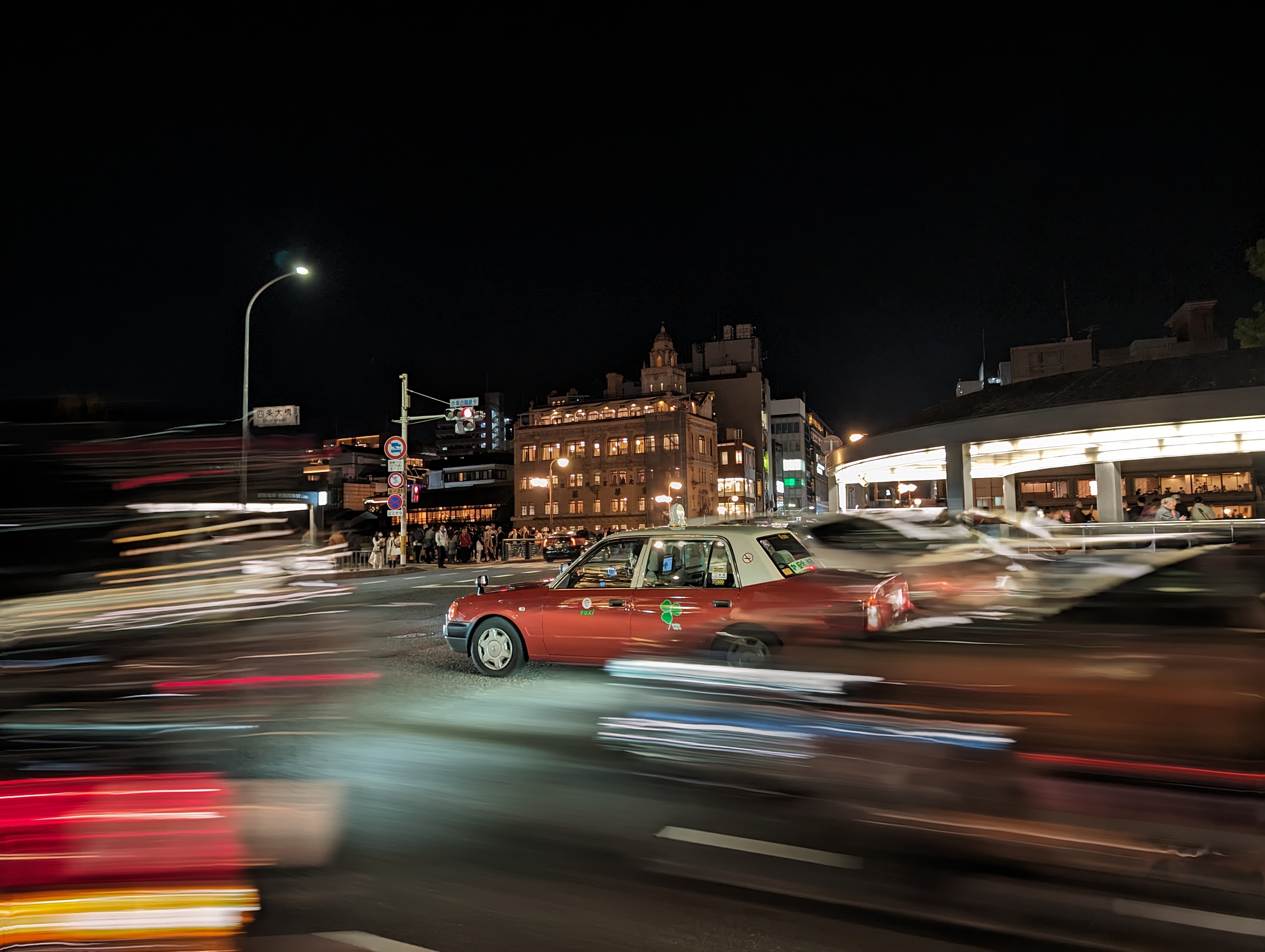
The new Tensor G3 chip is nothing to write home about either, unfortunately. It heats up rather quickly even in comfortable weather and multitasking between just a couple of apps can be a challenge. Most of the time in Japan, I had walking directions to the nearest subway enabled in Android’s picture-in-picture window and if I tried to perform any other activity, whether that was taking a picture or calling someone, it took the phone far longer to render than it should at its price segment.
The Pixel 8 Pro’s performance was weak. Basic tasks like opening apps, turning the screen on, or just scrolling felt choppy, as if I was on a prototype device. It was so inconsistent that I never knew what to expect before unlocking it. Ironically, what slowed down the most was the AI editing suite, which often took over a minute to process and import a picture and plenty more time to save it in the end.
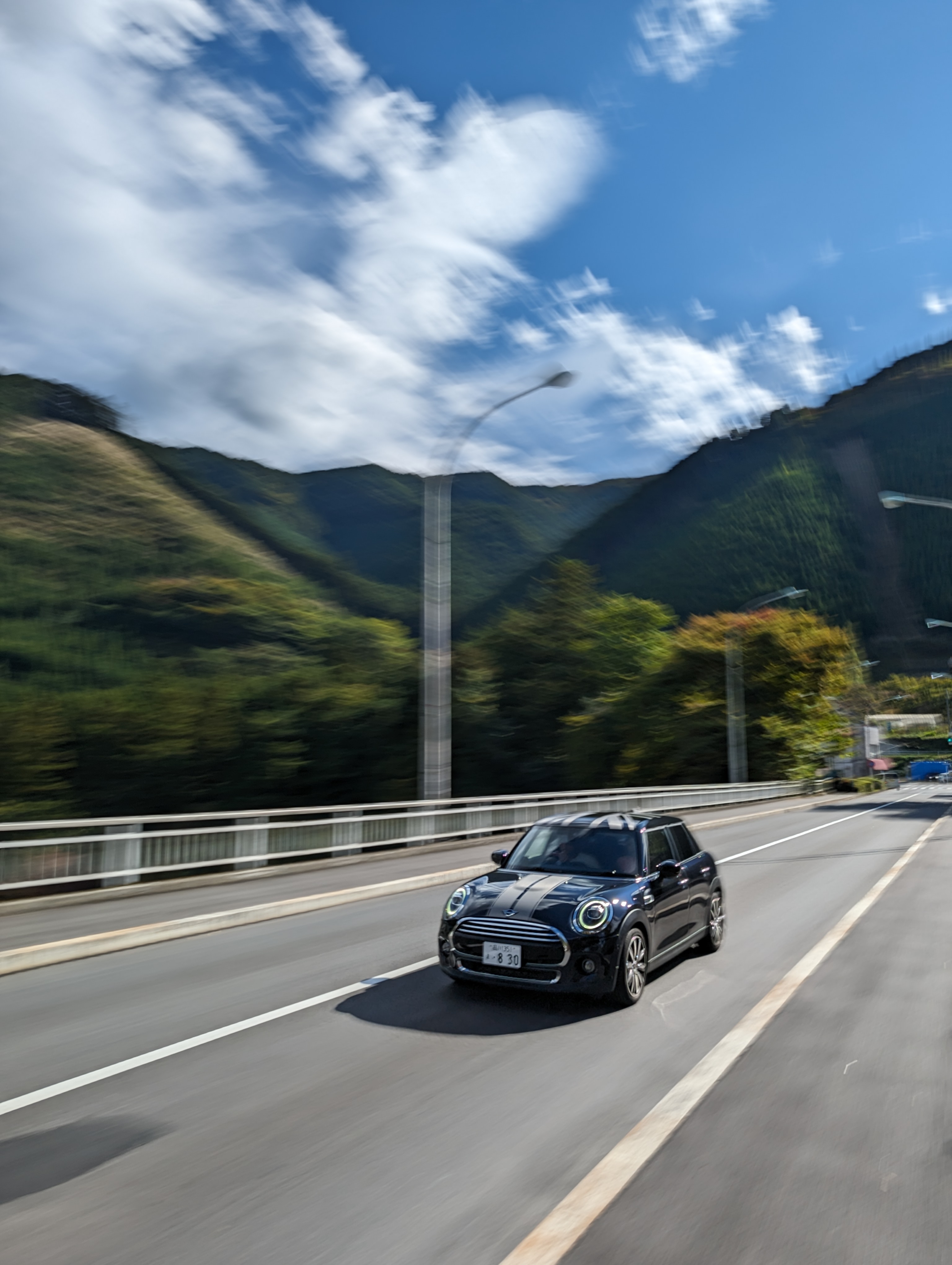
The effects of the seemingly unoptimized Tensor G3 trickled down to endurance as well. For a phone housed with a 4,950mAh pack, the Pixel 8 Pro’s battery life was shocking to me. It could barely last till mid-day and I was usually pulling out my powerbank at the lunch table. Now, I know it’s asking a lot of a phone to survive an entire vacation day, but despite that, a screen-on time of 3 to 4 hours is underwhelming, especially when its rivals like the iPhone 15 Pro Max can accomplish double that.
I also had high hopes for the Pixel 8 Pro’s dual-authentication system. Given my frustrations with Face ID, a combination of both facial recognition and fingerprint sensor looked perfect on paper. Alas, Google still has some work to do. Since the Pixel 8 Pro’s face unlock scans you via the regular selfie camera and lacks the kind of advanced sensors found on an iPhone, it fails in half of the scenarios like when I’m wearing sunglasses, at night, or if it’s under the sun. Ideally, here’s where the fingerprint scanner would step in, but that too, like previous years, isn’t all too accurate either.
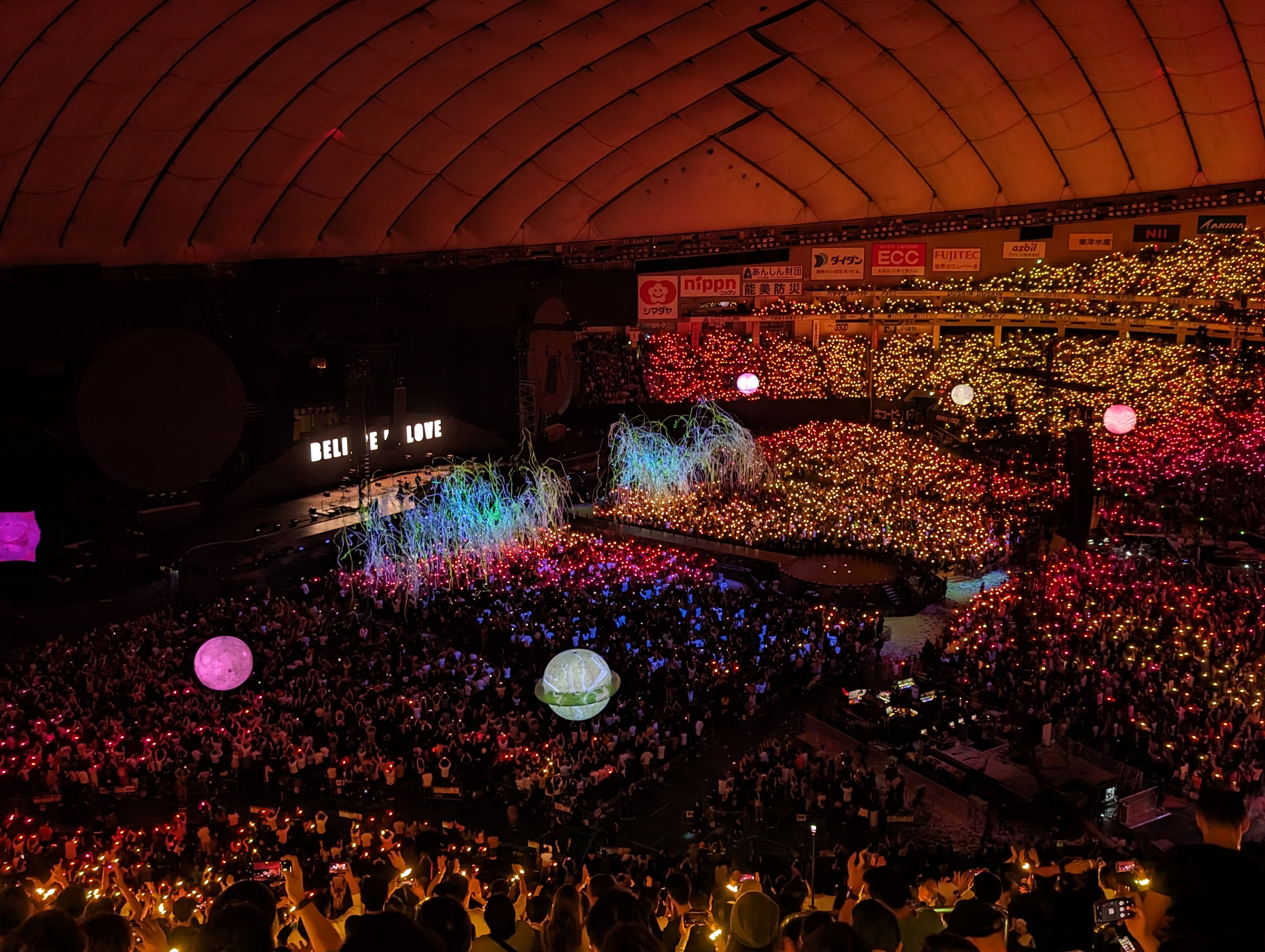
The redeeming qualities of the Pixel 8 Pro
At the same time, there’s plenty to like about the Pixel 8 Pro. Google’s HDR algorithms have come a long way and are now far more balanced instead of shooting up the shadows a little too much. The 5x telephoto lens also does well to capture sharp details and prevent features and colors from becoming grainy in dimly lit conditions. Videos, more importantly, are much better at locking focus and retaining the scene’s original contrast.
I had a lot of fun with the new camera app as well, and it was a breath of fresh air from what the iPhone offers. The manual controls let me precisely tweak how I wanted the phone to capture a scene and allowed me to pick the lens it used to do so. The built-in modes, such as “Action Mode,” further complemented the experience and allowed me to get creative without first spending minutes setting a shot. The updated screen is another highlight and is probably the best I (and professional testers) have seen on a smartphone. It’s smooth, sharp, and so bright you’d think you were still indoors while at a beach.
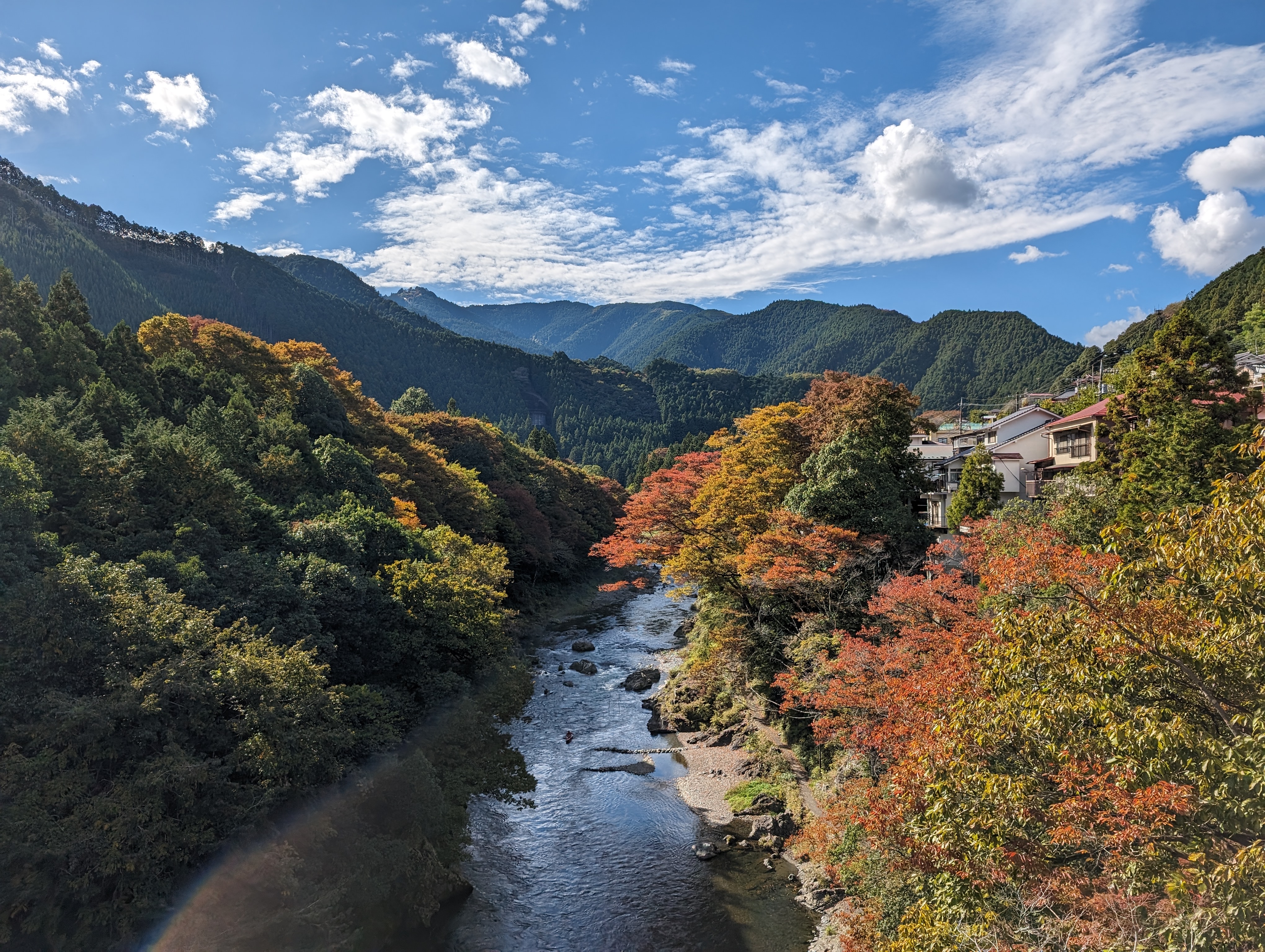
Bottom line
I didn’t have to work to spot a Pixel in the wild in Japan. It’s an oddball of a phone and unique in a lot of ways, and for all of its faults, I have to agree it offers an exciting experience.
As a reviewer, though, it’s hard to recommend, which is why I’m crossing my fingers for the next iteration because, despite the assurances, time may be running out for Google’s hardware team to deliver a true, all-around hit.
Shubham Agarwal is a freelance technology journalist from Ahmedabad, India. His work has previously appeared in Business Insider, Fast Company, HuffPost, and more. You can reach out to him on Twitter.
